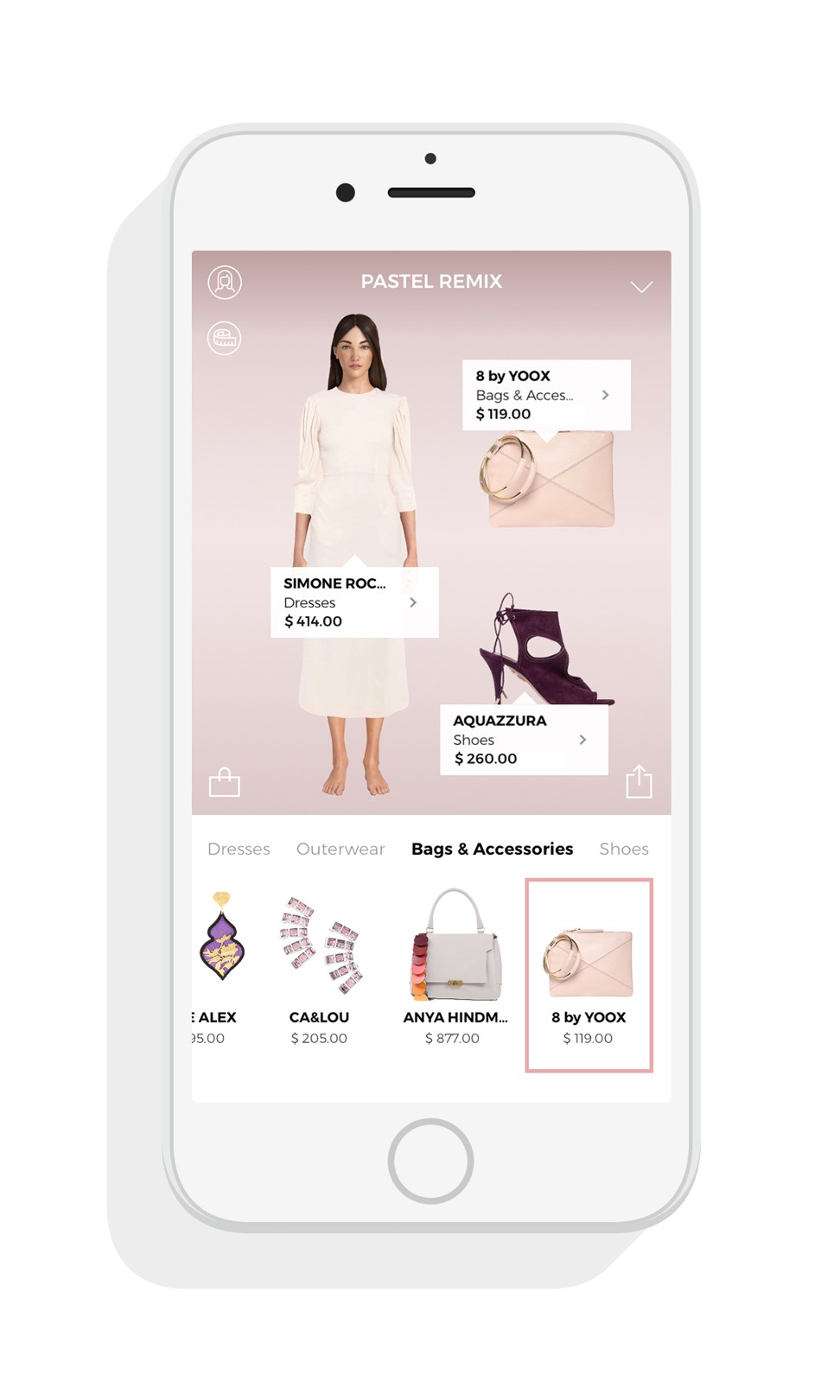
AI fashion movement: e-tailers turn to tech to improve shoppers’ experience
- Online retailers are becoming more adept at using tech, such as artificial intelligence and augmented reality, to improve their customer experience
- Think avatars that interact with shoppers and photo-based apps that allow users to find similar items online
Adopting new technologies to transform the customer experience isn’t exactly a new trend in the fashion industry.
Big names like Burberry, and stores like Neiman Marcus and Browns East in London, have always been eager to embrace and showcase the power of tech, especially in their bricks-and-mortar stores.
The problem is many stores have failed to win over customers in the long-term thanks to poor usability.
The online space, however, is where the real – and long-term – impact of technology can be felt. More e-tailers are taking the spotlight with game-changing innovations that easily surpass those you would find in any physical store.

“Online and offline shopping have different scenes and experience for consumers, and they are not conflicting with each other. The advantage of online is that more new technologies are applied to smartphone apps, bringing with them improved experiences and new services,” says Tao Mei, deputy managing director of AI research and technical vice-president at JD.com.
While new technologies are being developed constantly, the one that is widely used by fashion e-tailers is artificial intelligence (AI). One of its main benefits is its ability to create a more personalised experience for shoppers ranging from product choices and content to ad preferences.
Why China will be next Silicon Valley, says LVMH digital head
More recently, however, its benefits have gone beyond just choosing items you may like.
“AI has been one of the most successful technologies – it may even know customers better than they know themselves, and can manage many customer relationships that were traditionally handled by humans,” says John Mercer, a senior analyst at Coresight Research, a global research and advisory firm specialising in retail and technology.
“Take for example the Tmall Genie, a smart speaker that functions much like the Amazon Echo. The Genie enables online shoppers to search for specific products via voice commands.” (Tmall Genie was developed by the Alibaba Group, which owns the South China Morning Post.)
Other new AI innovations announced recently include visual search features such as Farfetch.com’s “See it, Snap it, Shop it,” which lets users upload an image of an item they like, before the app finds a similar match almost immediately. JD.com’s SnapShop can even recommend products with different styles.
AI’s uses can also go beyond the shopping experience. While it’s been said that Amazon is developing an algorithm that can design clothing, Yoox.com recently launched its first “intelligent” collection. 8 by Yoox analyses specific data including keywords searched by consumers on the internet and hashtags used by influencers to provide the inspiration for its ready-to-wear collection.
“This research and analysis is treated by an in-house developed technology, which helps us create a dynamic mood board for our designers to work from. The biggest challenge was to get the perfect balance between man and machine,” says Paolo Mascio, president of Yoox.

“It just wouldn’t be possible for anyone to analyse this amount of information, but technology can do it for us – it means we can be confident we’re giving customers exactly what they want.”
Augmented reality (AR) is another tool that is becoming increasingly popular, although its applications are more limited. JD.com’s 3D Fitting Room gives shoppers the ability to try on clothes through a customised avatar with similar hair, face and body dimensions. Also new is YooxMirror, which is a virtual styling suite equipped with avatar Daisy, who has her own opinions and preferences, allowing her to directly interact with customers on a wide range of topics.
Looking forward, new technology applications will only continue to awe and benefit the customer.

Mercer predicts that company’s will target demands such as customised clothing, along with “purchase-activated fulfilment”, which will enable e-tailers to pre-sell clothes before manufacturing them, an idea already being developed by Amazon.
While these technologies may seem exciting and innovative, ensuring that they resonate with customers is the key to their success.
“These attempts have improved customers’ shopping experience and achieved some positive results, but they are still in their early stages. There is still a long way to go for the real experience of customers,” says Mei. “Some technologies are not mature enough. Every innovative technology has its application cycle. There is still a lot of work to be done, especially in adapting to the ever-changing scenarios of users.”

